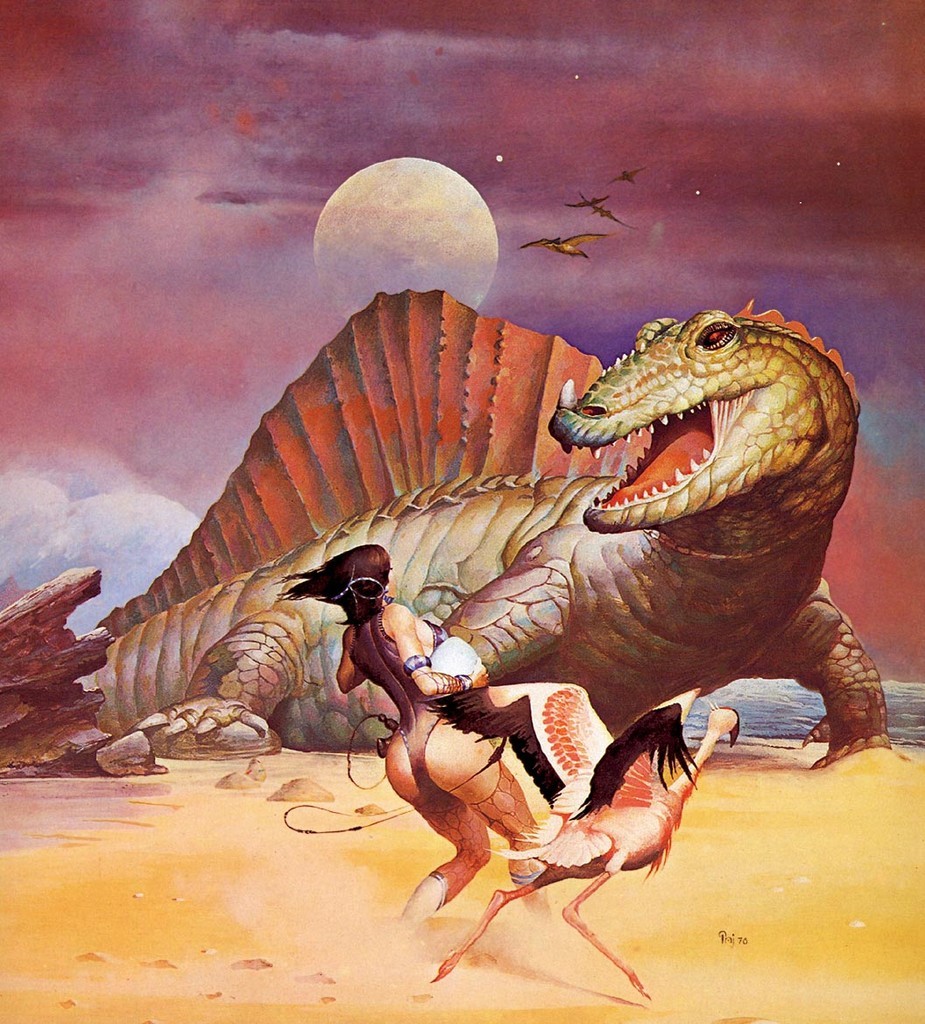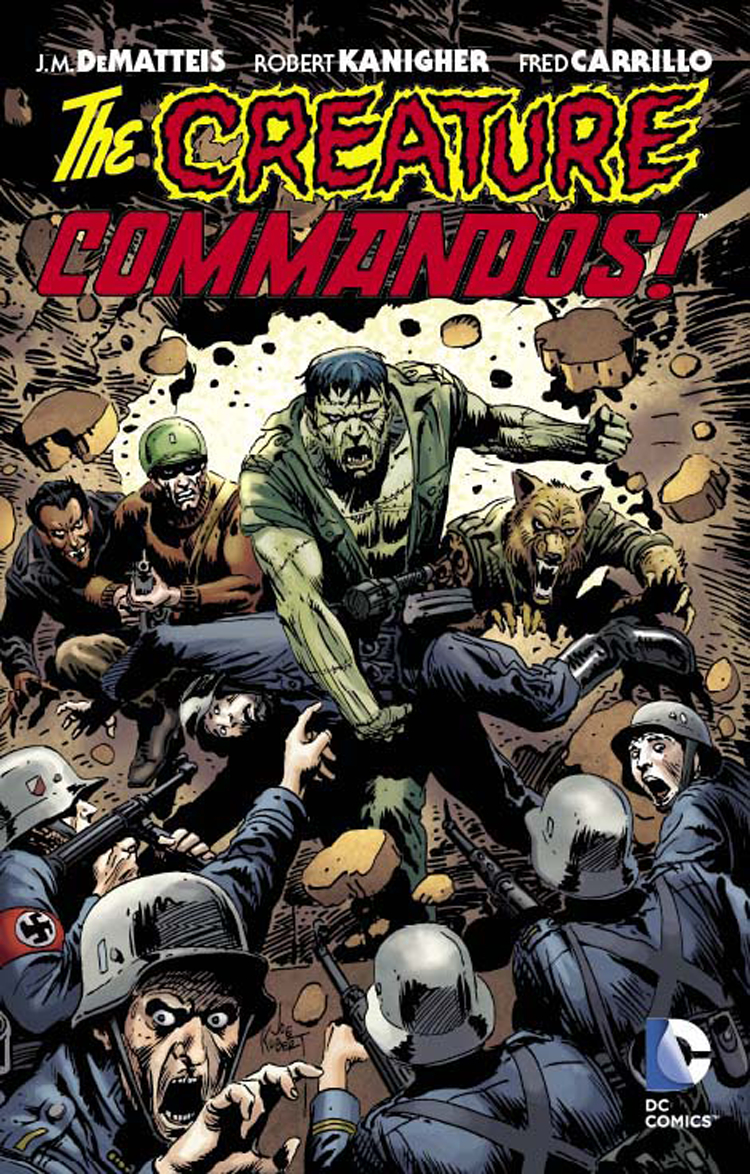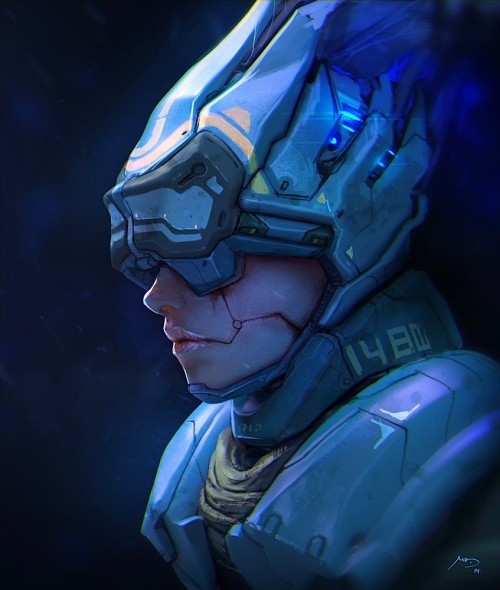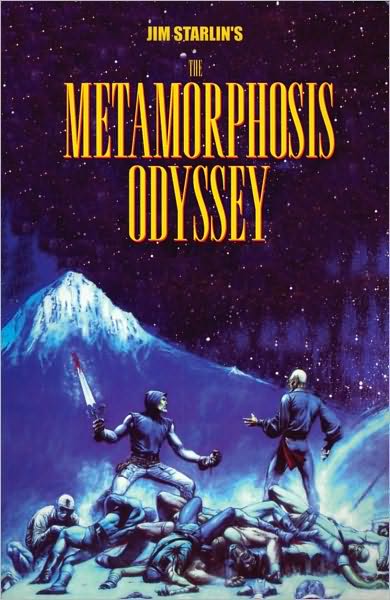 |
| Helluva way to make a living. |
The whole "post-scarcity" thing hasn't really panned out in the Strange Stars, and not everyone gets to do something glamorous like being a starship pilot or sim star. At the same, in the most advanced societies a lot of people just aren't needed in the work force and live off social services, making a bit of money through social media or oddjobs. Here are a few interesting things those in the working world are doing:
Data Prospector: There's a lot of valuable infomation buried in the depths of a planetary or system noosphere. Data prospectors mine the infospace either for clients or as freelancers.
Lawyer: In most places, law is the province of low-sapience infomorphs, but some jurisdictions require a physical presence in court and juries often harbor unconscious biochauvinism, so biosophont attorneys still have a role.
News Contextualizer: Where most events are uploaded to the noosphere by citizens, the job of the news aggregrators is to deliver concise and contextualized news. They rely on contextualizers who are savvy at finding the "angle" or finding the stories to fill out an already established angle. Contextualizers work with stringers or news hunters who sift the raw social media for stories.
Pest Control Specialist: An interstellar society leads to the introduction of invasive alien species. Large-scale infestations call for a governmental response, but smaller ones lead to a call to a local private specialist.
Re-enactor: Re-enactors are a special breed of sim performer. They cater to a market for "historically accurate" simulated experiences. Re-enactors undergo memory (and sometimes bodily) modification based on extensive research of a specific era or individual to provide those experiences.
Scientist: Science is a different sort of endeavor in a civilization following in the footsteps of more advanced civilizations who long ago pushed knowledge as far as it would go with human-level intelligence and perceptions. Most modern scientists are more like archaeologists or historians: they sift the remnant noosphere and data storage of the ancients for lost experiments or not yet fully mined veins of inquiry. The best scientists spend as much time in the field as they do in laboratories.
Super-voter: In cyberdemocractic or demarchist polities, some voters are always going to make better decisions that others, so complicated algorithms will tend to weight their votes fractionally more. Political interest groups and parties track these super-voters and try to court them due to their influence. They're given consultant fees or even gifts, so long as there isn't a direct quid pro quo (buying their votes wouldn't be effective in the long term in any case, as biased "incorrect" decisions would soon make the infosophont vote tabulators decreased their votes' weighting.)
Surgeon: Surgery is actually preformed by bots that look something like giant, artificial Hydra with surgical tools attached to the end of their appendages, but nicer surgical centers employ friendly public faces to consult with patients or their love ones. Surgeons explain the procedure and make any last minute (minor) adjustments to the bots' programming.




















